Presentation
A patient went to the guard for presenting lumbar pain associated with a limping gait fifteen days ago. Previously she had attended his doctor that prescribed anti-inflammatory without having improvement. Her mother reports that she had herpangina ten days ago.
Patient Data
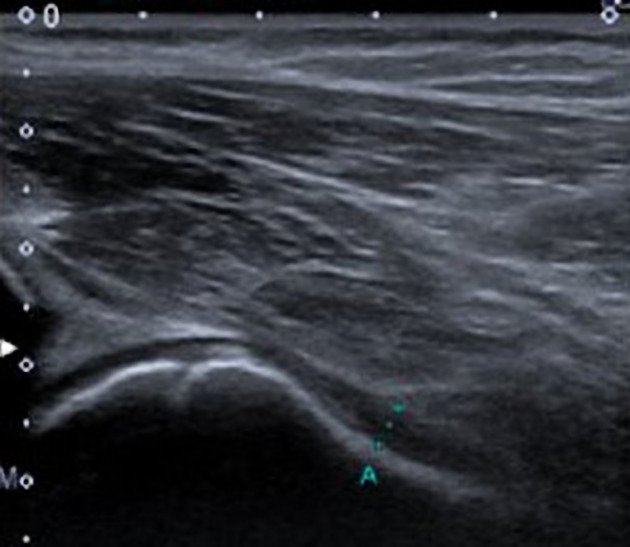
The ultrasound demonstrates preserved echostructure of the hip without the presence of fluid in the hip joint. Findings that rule out the presence of hip synovitis.

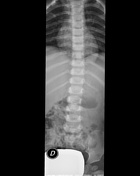
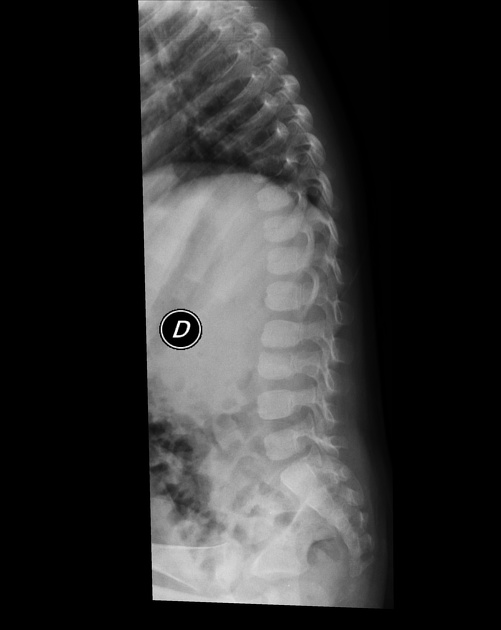
Lumbosacral spine X-ray showed:
Narrowing of L2-L3 disc space associated with destructuring with bone erosions of the vertebral endplates. The rest are without particularities.
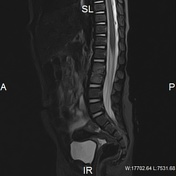

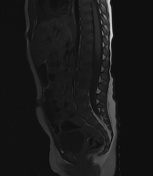





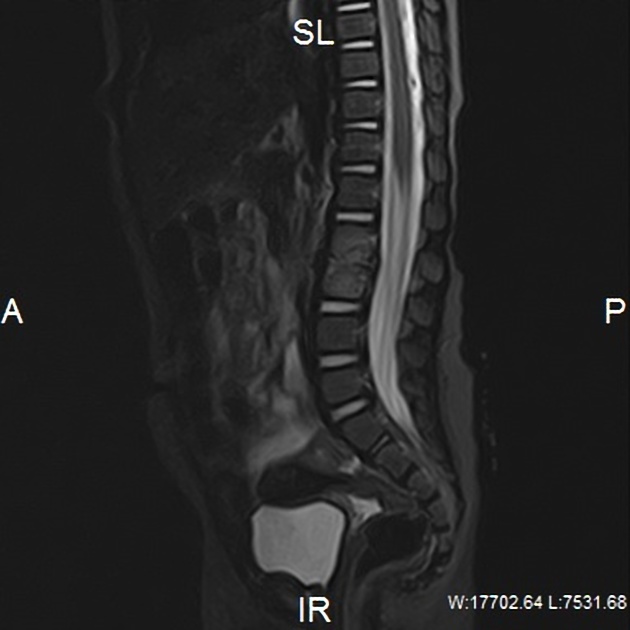
The MRI shows:
T1: Narrowing of the L2-L3 disc space associated with destructuring with bone erosions of the vertebral endplates. Low signal in L2-L3 vertebral bodies
The T2 and STIR sequences are the most sensitive to detect inflammatory changes, showing tissue with a hyper signal. You can see it in L2-L3 vertebral bodies.
T1+Gd: enhancement of post-contrast sequences (bone marrow edema).
Complications such as abscesses were not observed.
Case Discussion
Neurologists ruled out brain involvement with brain MRI.
Due to the radiological characteristics evaluated in the MRI, of hypointensity in T1 and hyperintensity in T2 and with fat saturation, coupled with the homogeneous enhancement behavior after administration of gadolinium, to loss of definition of the endplates of the vertebral bodies and the demonstrated fluid changes in the intervertebral disc, the diagnosis of bacterial spondylodiscitis is very suggestive.
The diagnosis was confirmed with a lumbar puncture on positive for Staphylococcus aureus.




 Unable to process the form. Check for errors and try again.
Unable to process the form. Check for errors and try again.